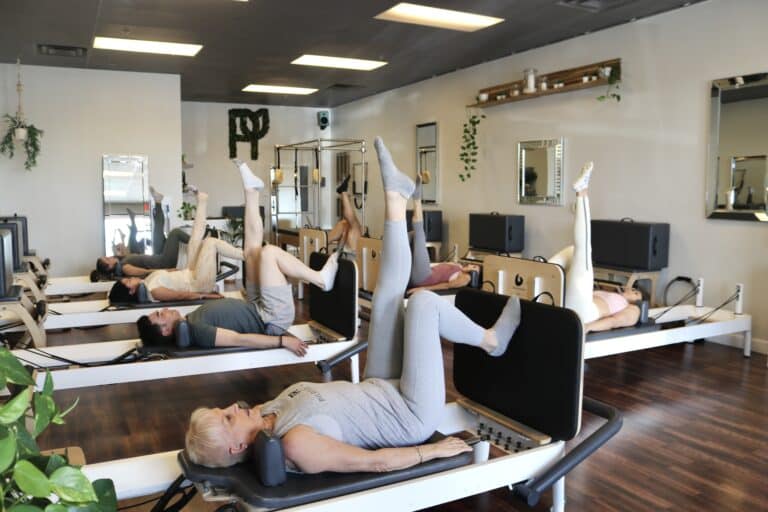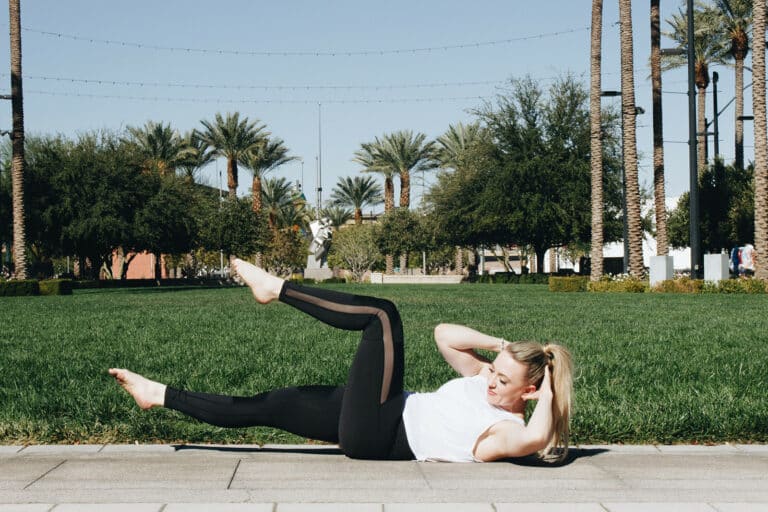Low Intensity vs. High Intensity Workouts
There’s so much mixed information about exercise out there that it can be confusing when trying to figure out an exercise program. Some programs claim to melt belly fat (not scientifically possible; fat “melts” only when you’re in a caloric deficit), and all of them claim to be “the best.”
Whatever you decide, the most important thing when it comes to exercise is that you’re moving. There are so many different workouts out there and “the best” one is the one you will actually do.
I’m sure you’ve heard the terms high intensity and low intensity workouts. Let’s review the difference in low intensity vs. high intensity workouts so you can assess what you should be doing and the best way to create a well-balanced exercise routine.
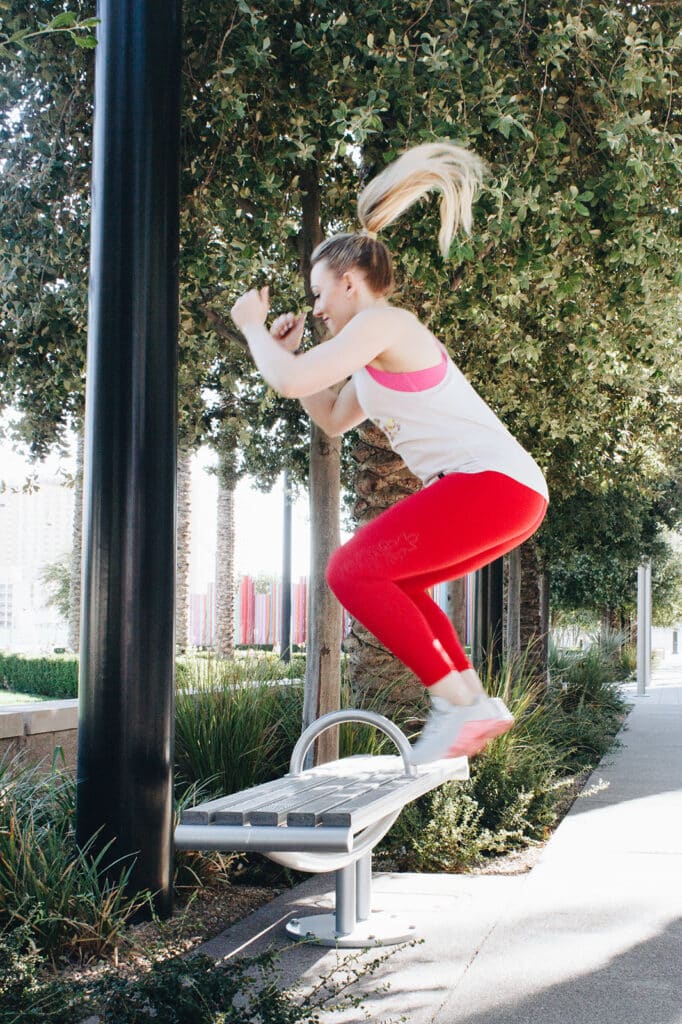
What is high intensity exercise?
High intensity exercises are classified as both feet leaving the ground at the same time, think jumping or running.
Who is high intensity exercise good for?
- People who want the most bang for their buck. It’s the best for heart health and gets you results quickly.
- People looking to lose weight as high intensity exercise burns more calories.
- Anyone looking to build bone density. Bone density is a risk factor as we age and usually is more of a risk for women than men.
- Anyone wanting a competitive edge or training for a competition or marathon.
Who is high intensity exercise bad for?
- High intensity might be too much for anyone prone to injury or with bad joints.
- Overweight or obese people may struggle with high intensity workouts as high intensity exercise puts a lot of stress on the joints.
- Anyone who has aches or pains when they run or jump, particularly in the knees, ankles, or hips.
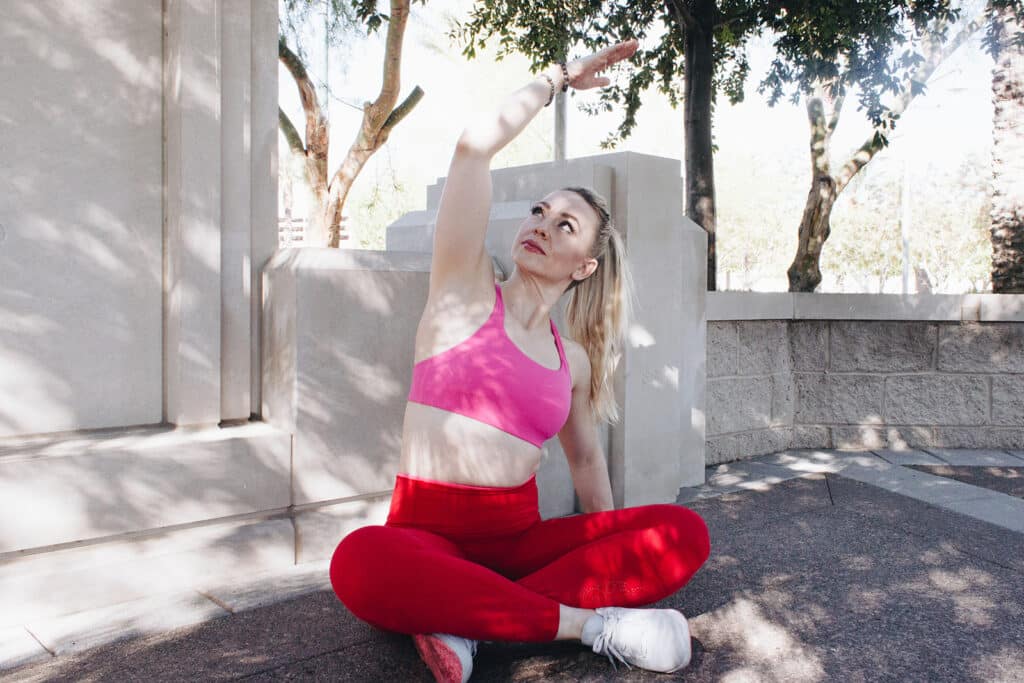
What is low intensity exercise?
Low intensity exercises are classified as having one foot on the ground at all times, think walking or yoga.
Who is low intensity exercise good for?
- People prone or at a high risk for injury.
- People who want to stretch! Exercises like yoga and Pilates tend to have a lot of focus on stretching.
Who is low intensity exercise bad for?
- Someone wanting to workout in as little time as possible and get as much out of it as they can.
My personal favorite is a combination of both low intensity and high intensity exercise.
High intensity is efficient and I’m a girl who likes to eat and wants to burn some calories. Low intensity exercise makes me feel good, keeps me lengthened and my core strong, and is medicine for my soul. I also like mixing the two because lower impact exercises are great to do on rest days from high intensity workouts.Rest days are important because they allow your body to recover. If you are constantly breaking down your muscles and not allowing them adequate time to repair, you will never reap the full rewards from your workouts or training. Lower impact exercises make for a great active recovery and are a nice compliment to high intensity workouts. Active recovery is a workout done on a rest day that is low intensity but helps blood flow to your muscles.
Mentally I need to move every day. I quite simply cannot sit still. This means that gentle movement as active recovery on a rest day works really well for me–Pilates mat and yoga are my go-tos. I also have had a lot of injuries so activities like these help me with stretching, strengthening, breathing, and centering myself. Plus, I enjoy them!
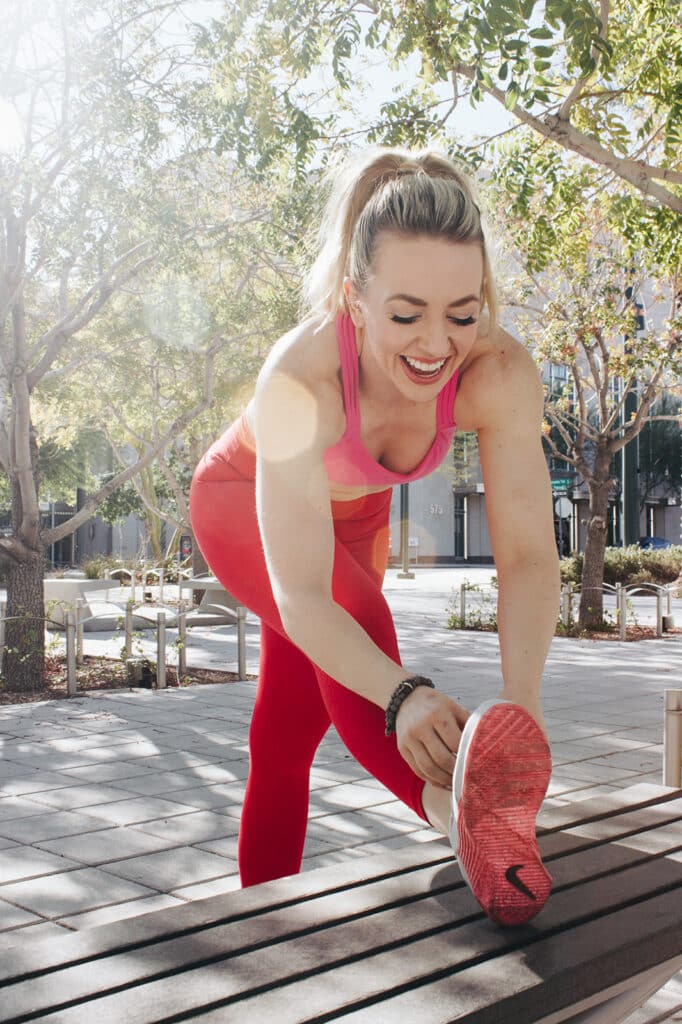
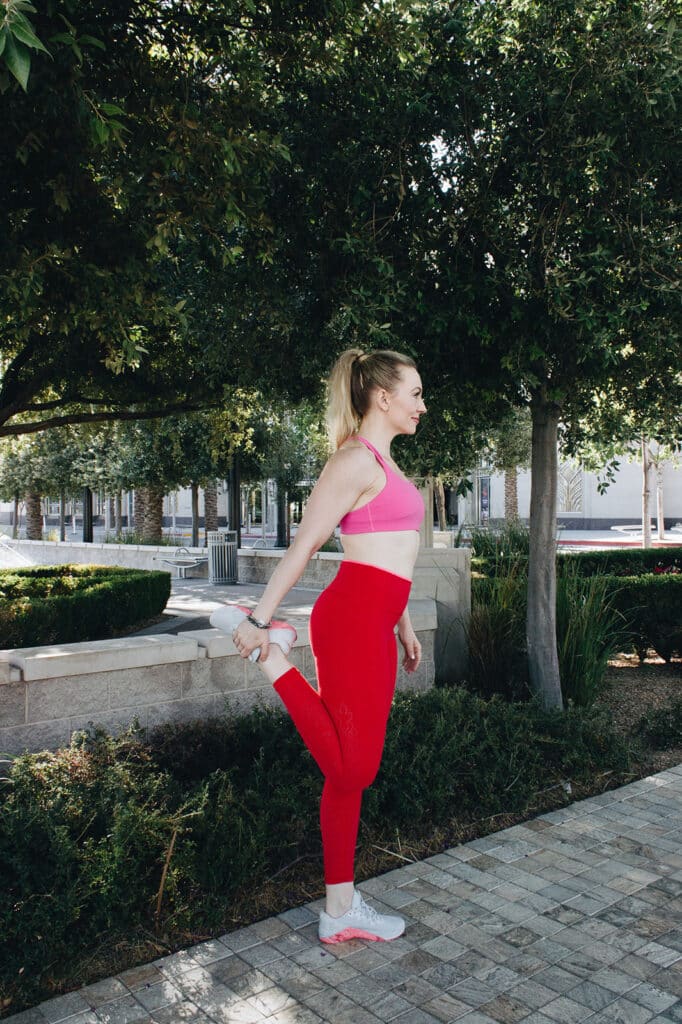
The best way for anyone to pick a workout is to pick one they like and will stick with–that should be your main form of exercise.
Once you’ve established that, then it’s nice to balance it out with some variety. If you do a lot of running, you probably could benefit from some yoga or stretching. If you do Pilates, you could probably benefit from getting your heart rate up a bit higher doing plyometrics or a HIIT class.
A well balanced workout routine keeps you strong and healthy and able to enjoy all the activities of your life. And that brings me to cross training.
Cross Training is the secret ingredient we all need. The term means combining different types of exercises to diminish your risk from repetitive injury. Cross training is important to build up muscles and get strong so that you can continue to do the activities and sports you love, but also to be balanced enough to do the activities of daily life. Cross training allows you to keep training without overusing or putting repetitive stress on certain body parts to help avoid injury.
Cross training can be whatever your regular workout lacks, which is usually some type of strength training. For example, if you do high impact sports, you need to build up the muscle mass to be able to absorb that impact. Cross training can be low intensity or high intensity. I personally prefer lower intensity cross training because I am prone to overuse injuries.
If you are new to exercise or are struggling to put together a program, I would suggest working with a trainer or coach for at least a few sessions to set you up for success.
Keep in mind that a good trainer can modify any workout to make it lower or higher intensity. If you love HIIT but jumping hurts–your coach should have an alternative. If you love yoga but want to move faster–your instructor should cue when to add a vinyasa.
Movement is medicine and whether you go with low intensity or high intensity workouts, stick with it! If you want to chat about your exercise routine I would love to hear from you! Send me an email at hello@spritzsunday.com.
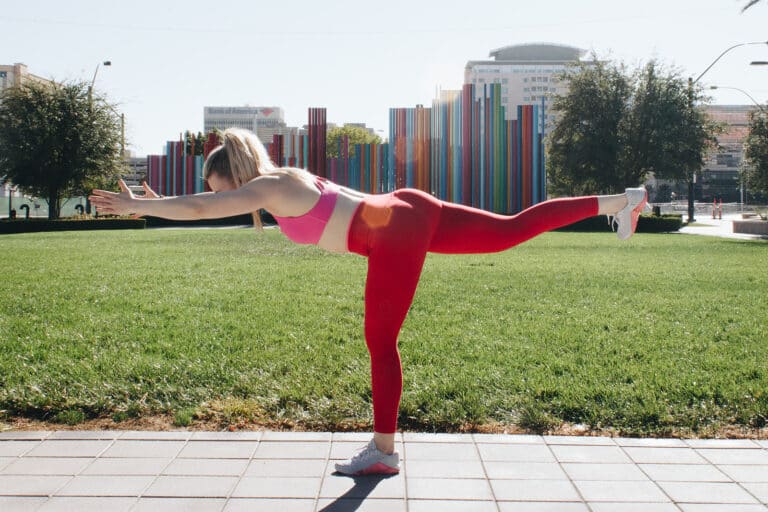
**I am a certified personal trainer, yoga teacher, and Pilates teacher. However, I am NOT a medical professional and cannot prescribe an exercise program. Please consult your physician before starting any exercise program.**
Want to read about one of my favorite low intensity workouts, Pilates? Click HERE to read Why Every BODY Needs Pilates.



